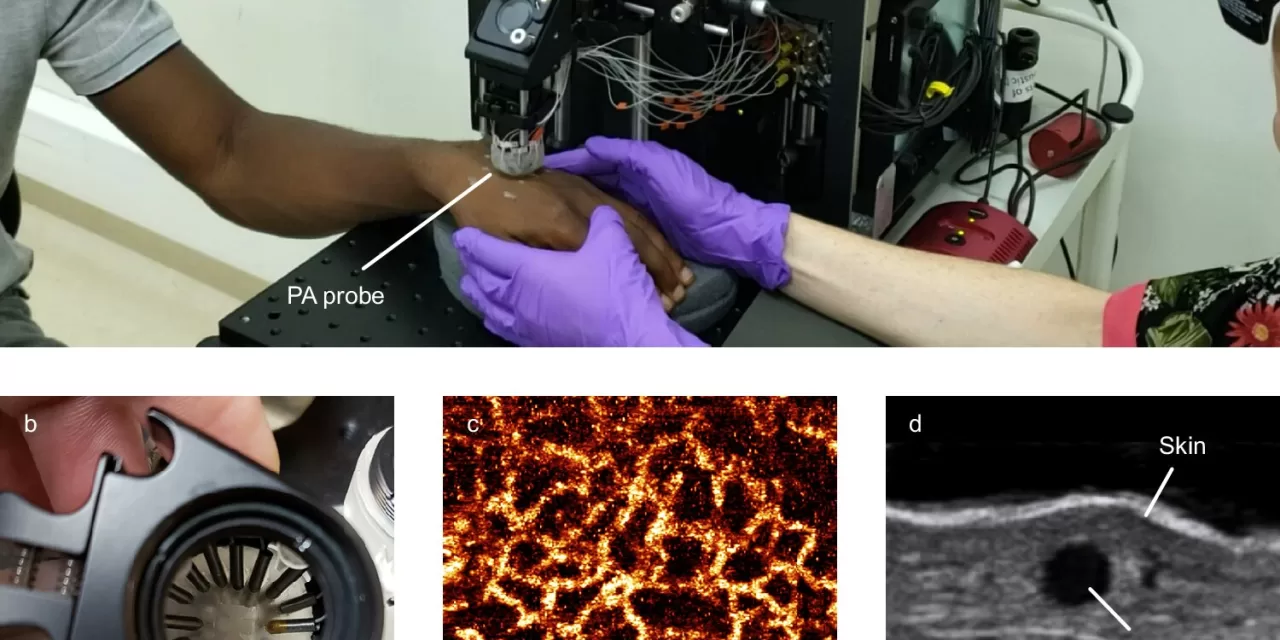In a groundbreaking development in the fight against malaria, researchers from the Yale School of Public Health and their collaborators in Cameroon and the University of Arkansas for Medical Sciences have unveiled a new noninvasive test that could significantly enhance malaria detection efforts worldwide. This innovative test, detailed in a recent study published in Nature Communications, promises to provide a reliable and safe diagnostic alternative to traditional methods that typically require invasive blood samples.
Malaria continues to pose a major global health challenge, with nearly half of the world’s population at risk. Children and pregnant women are particularly vulnerable, facing higher rates of severe illness and mortality from this mosquito-borne disease. Current detection methods, while effective, often rely on blood draws, which come with inherent limitations such as discomfort, risk of infection, and logistical challenges, particularly in low- and middle-income countries.
The Cytophone: A Game-Changer in Malaria Detection
The new test utilizes a device called the Cytophone, which combines targeted lasers and ultrasound technology to detect malaria-infected cells in the bloodstream without needing to draw blood. Dr. Sunil Parikh, an epidemiologist at Yale and co-author of the study, described the Cytophone as being about the size of a tabletop printer, capable of delivering results within minutes through a small, noninvasive probe placed on the back of a patient’s hand.
The Cytophone operates by identifying hemozoin, a by-product that accumulates in red blood cells infected by malaria parasites. When exposed to laser light, these iron crystals exhibit unique magnetic and optical properties, allowing for precise detection.
In clinical tests involving 20 adult patients diagnosed with symptomatic malaria in Cameroon, the Cytophone demonstrated a 90% sensitivity and 69% specificity in detecting malaria infections. These results are comparable to, and in some instances better than, traditional testing methods that require blood samples.
Collaborative Efforts Amidst Challenges
The Cytophone technology was originally conceived by bioengineer Vladimir P. Zharov, who aimed to use it for detecting cancerous cells before pivoting to malaria detection. The collaborative effort in Cameroon was particularly noteworthy, as local researchers, including Professor Yap Boum II, continued testing the device even during the COVID-19 pandemic when many international collaborators were unable to travel.
“The trainees in Cameroon were amazing and enabled us to test this device with little advanced training,” said Parikh, highlighting the importance of local partnerships in global health initiatives.
Armstrong, a former Ph.D. student in Parikh’s lab and one of the study’s lead authors, emphasized the significance of interdisciplinary collaboration, stating, “These kinds of transdisciplinary projects between engineers and epidemiologists are crucial to reduce the global burden of disease.”
Looking Ahead
As malaria remains a significant public health issue, with an estimated 250 million cases and over 600,000 deaths annually, the World Health Organization aims to reduce malaria cases by 90% globally and eliminate the disease from 35 countries by 2030. The Cytophone technology stands as a promising new point-of-care diagnostic tool that could enhance detection rates, facilitate timely treatment, and ultimately contribute to global malaria reduction efforts.
The research team plans to advance the technology further, with future iterations of the Cytophone anticipated to be even more sensitive and potentially battery-powered, increasing accessibility in remote areas.
As global health stakeholders continue to fight against malaria, the development of noninvasive diagnostic tools like the Cytophone could mark a significant step toward achieving a malaria-free world.
For more details, refer to the original study: Yadem, A. C., et al. (2024). Noninvasive in vivo photoacoustic detection of malaria with Cytophone in Cameroon. Nature Communications. DOI: 10.1038/s41467-024-53243-z.












